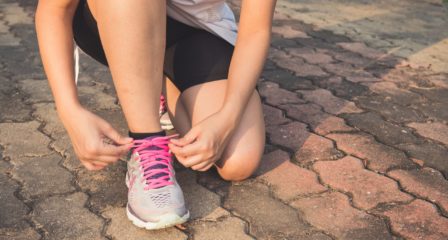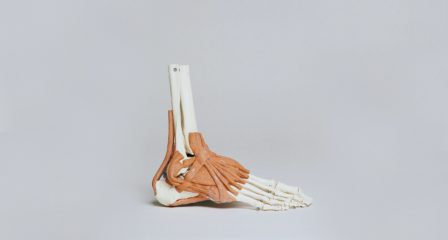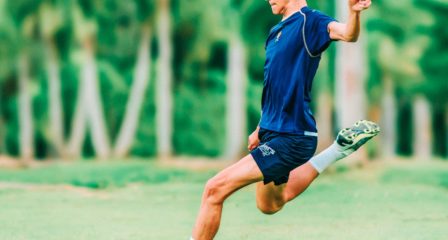Most commonly ACL injuries are sustained during pivoting sports such as football, soccer and netball. As a result, often the goal is to return to sport as quickly as possible, whilst minimising the risk of reinjury. Historically, the progression of ACL rehab has relied too much on arbitrary time frames set by surgeons (eg return to running at 3 months, return to sport > 12 months) without adequate functional testing and more extensive rehab. As a result the rates of re-rupture within those who return to sport remain high, ranging between 6-25% (Kyritsis et al 2016).
More recently, the focus has moved toward comprehensive functional testing that can guide return to sport without the focus on time frames entirely. This makes more sense given each individual will progress at a different rate, and have varying risks of re-rupture based on gender, age, genetics, surgical skill, graft type and healing, pre-injury strength and neuromuscular control etc (Kyritsis et al 2016). Statistically, only one third of athletes will return to full competition at 1 year after ACL reconstruction (Nawasreh et al 2018).
At The Injury Clinic, we routinely complete comprehensive functional testing to guide our rehabilitation and return to sport with great success. Importantly, this is supported by the evidence. A study by Kyritsis et al (2016) followed 158 male professional athletes who underwent ACL reconstruction and returned to their previous level of sport. Before they returned to sport, they were to complete a series of functional tests that included quads and hamstring strength ratios, single hop, triple hop, and triple crossover hop tests, and a running T test. A pass required >90% compared to their opposite limb within the hop tests, and 85% within the strength testing, and the T test had to be completed within 11 seconds. The results:
-
The rates of graft rerupture within the group who completed the RTS criteria successfully was 10.3%, compared to 33.3% in the group who did not yet returned to preinjury level of sport.
-
Athletes who did not meet the criteria had a 4 x greater risk of graft rupture (73%) compared to those who returned to sport after passing all tests (27%).
-
70% of re-ruptures occurred within first 6 months.
-
Low hamstring strength to quad strength ratio a significant factor for rerupture. For every 10% decrease in the ratio there was a 10.6x higher risk of rerupture
What can we learn from this? If you are planning on returning to sport post ACL reconstruction, work closely with your physio to design a program that works towards achieving functional goals. These criteria can and should be modified to reflect the chosen sport as much as possible, and the conditions required of that sport eg under fatigue. As opposed to arbitrary time frames, this is the best guide to your readiness to return to sport, and might save you another surgery!
REFERENCES:
Kyritsis, P., Bahr, R., Landreau, P., Miladi,R., and Witvrouw, E (2016): Likelihood of acl graft rupture: not meeting six clinical discharge criteria before return to sport is associated with a four times greater risk of rupture. Br J Sports Med 2016;50:946–951. doi:10.1136/bjsports-2015-095908
Nawasreh, Z., Logerstedt, D., Cummer, K., Axe, M., Arna Risberg, M., and Snyder-Mackler, L (2018). Functional performance 6 months after ACL reconstruction can predict return to participation in the same preinjury activity level 12 and 24 months after surgery. Br J Sports Med 2018;52:375. doi:10.1136/bjsports-2016-097095



